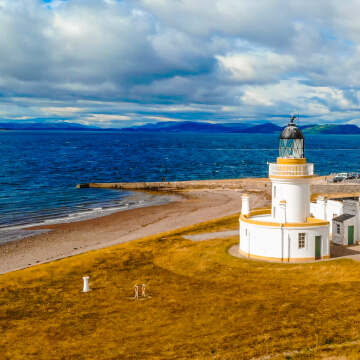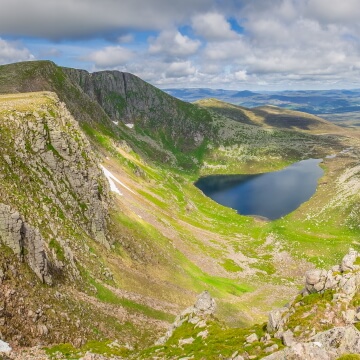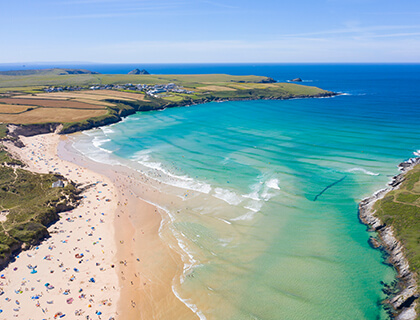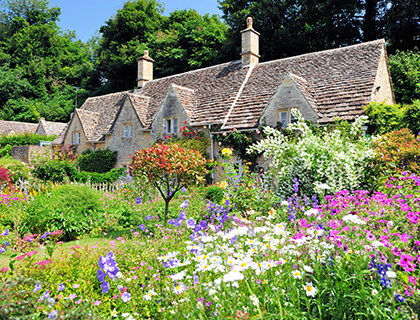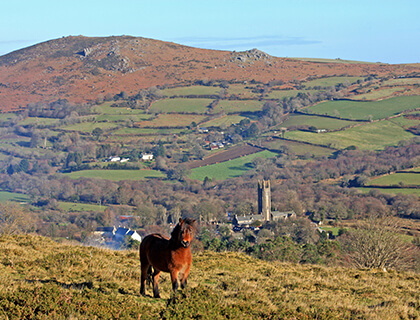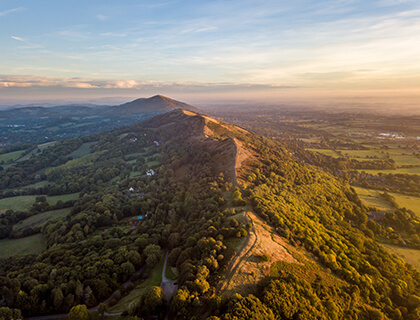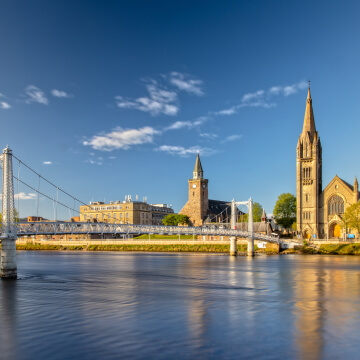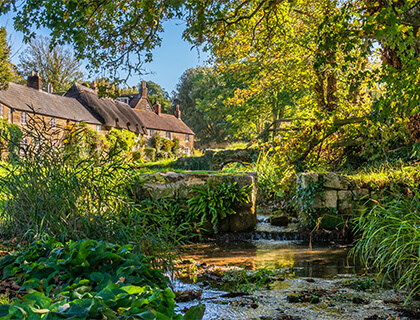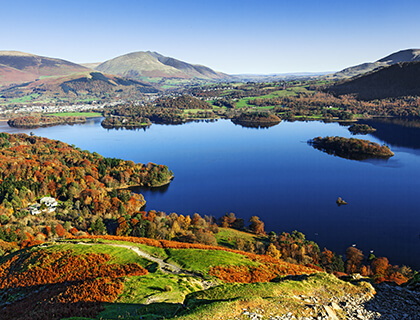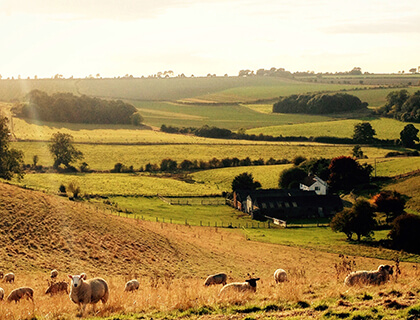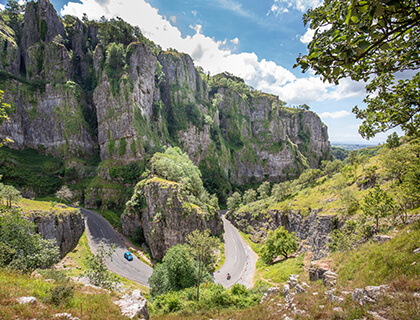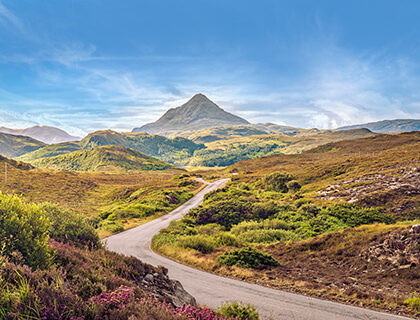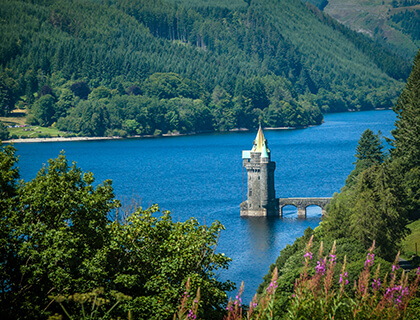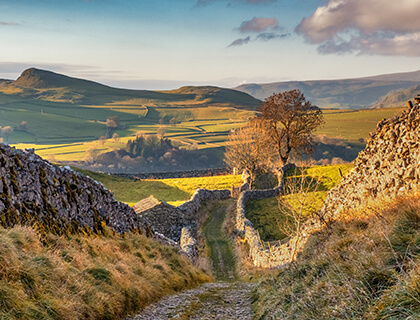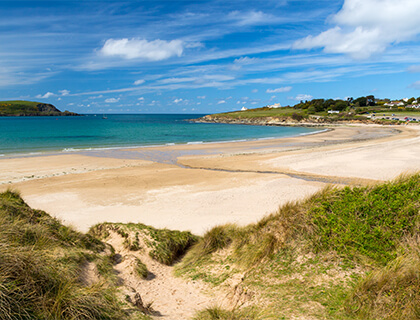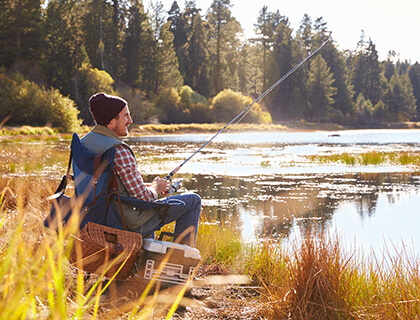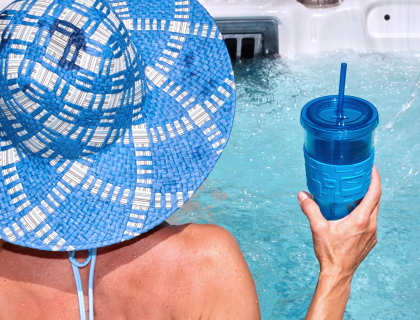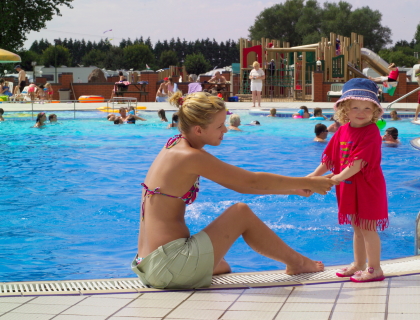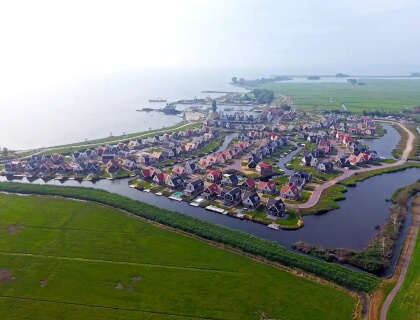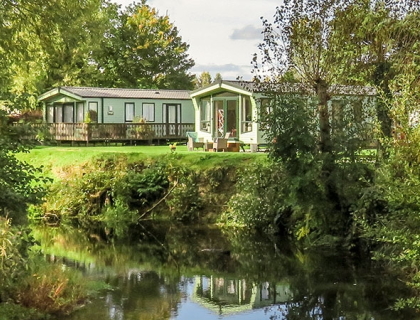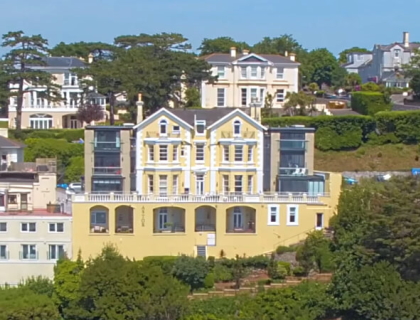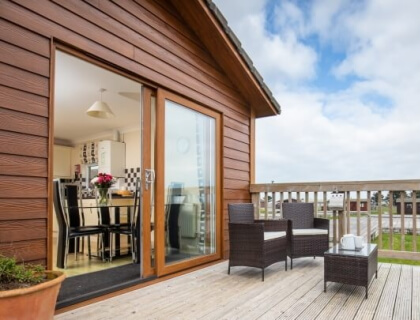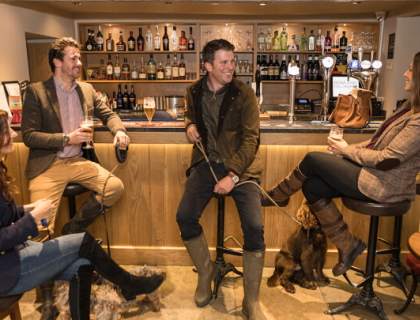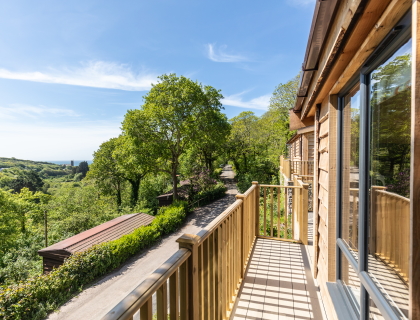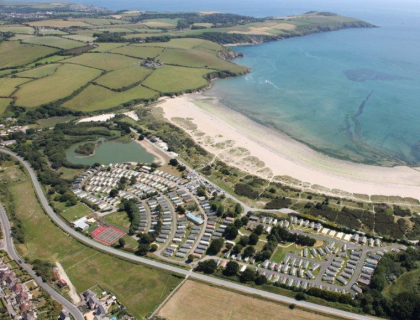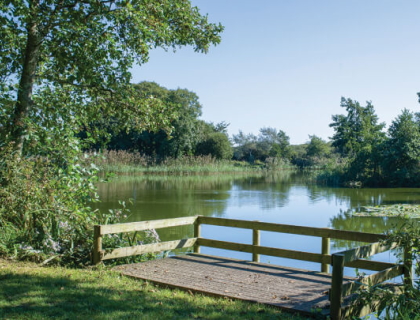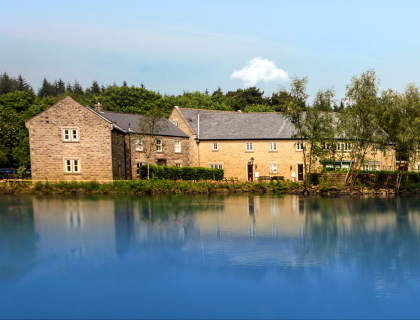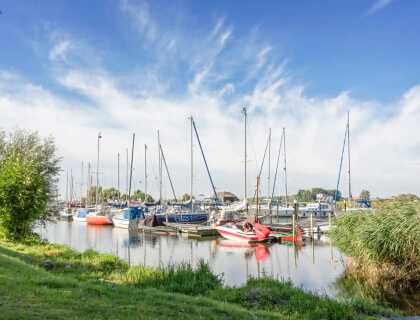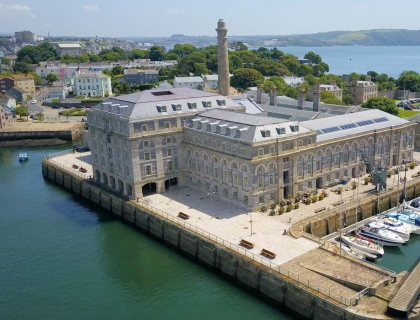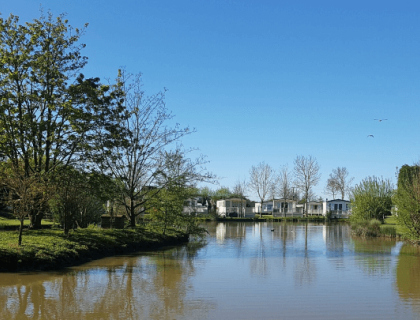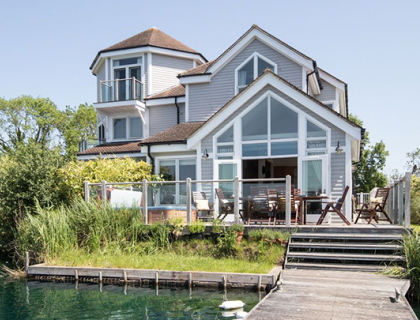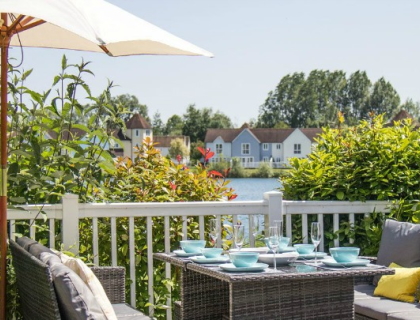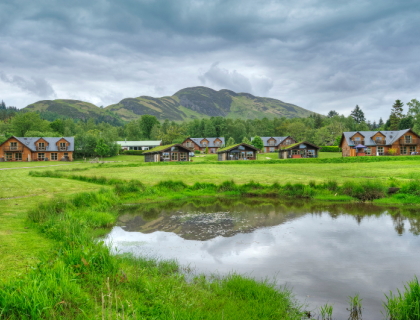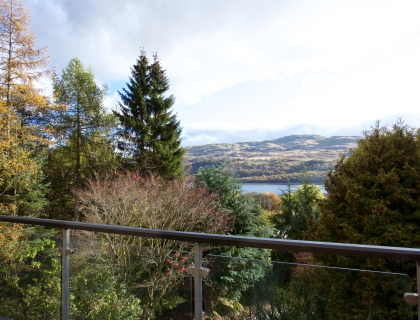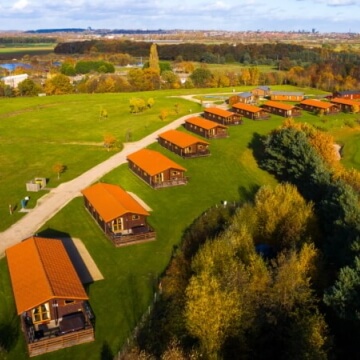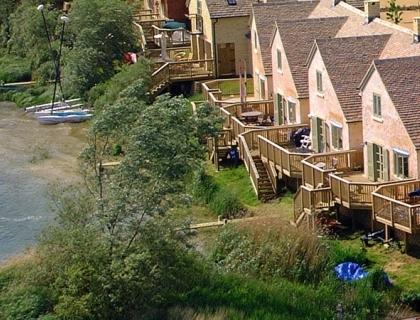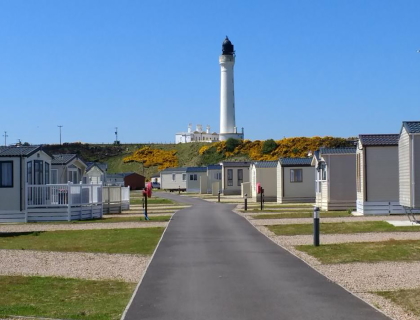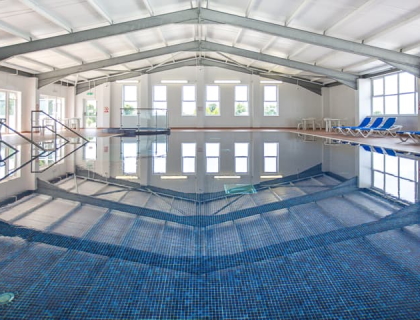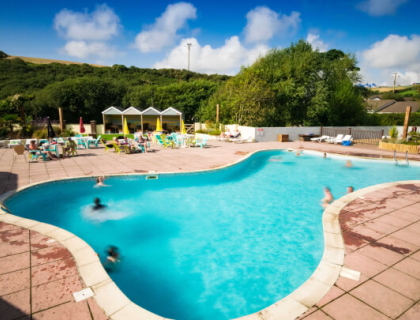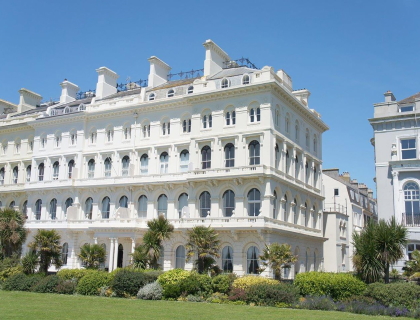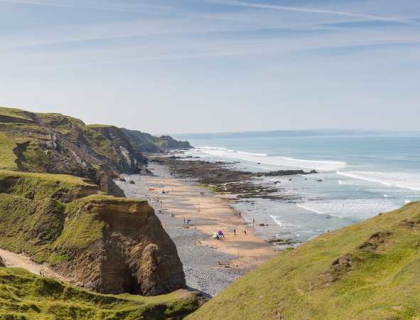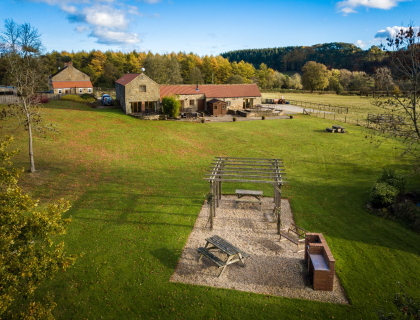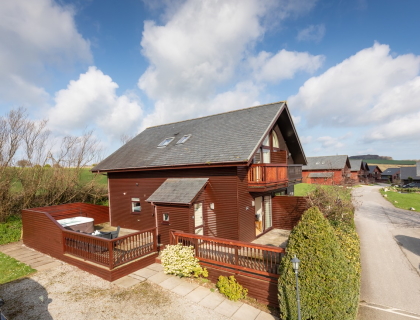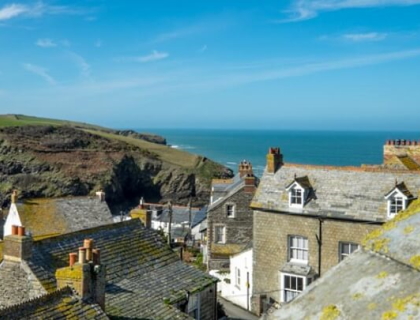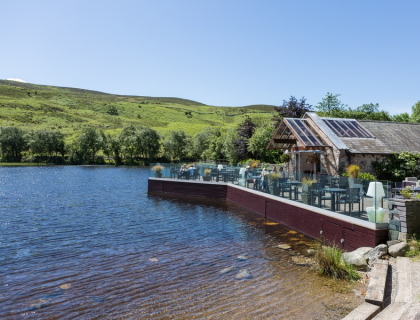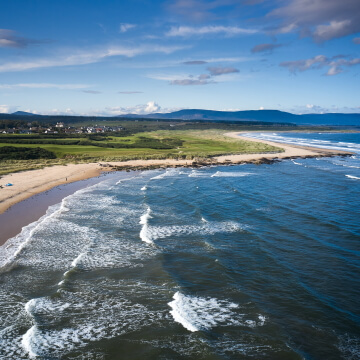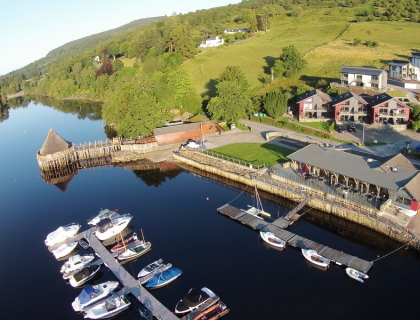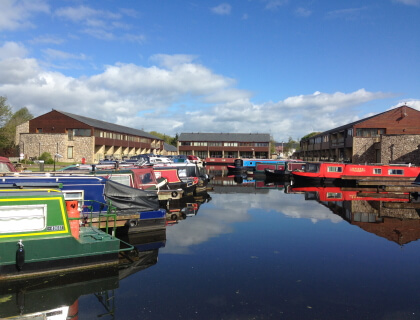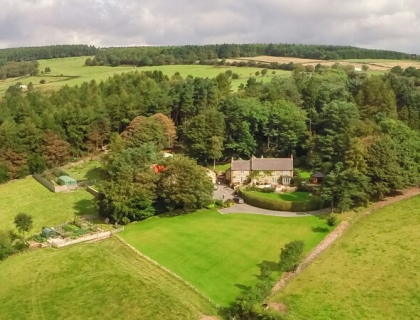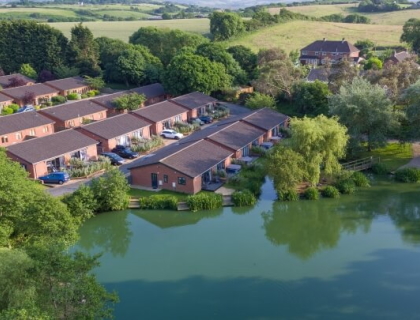What do holidaymakers and seabirds have in common? Both are drawn to the rugged beauty of the Atlantic coastline that fringes our southernmost county, Cornwall. One of the many species of seabird that can be spotted roosting in and soaring above Cornwall’s seaside cliffs and beaches is one of the UK’s most iconic: the puffin. Sadly, puffins are now listed as a species of conservation concern. But if you know where to look, you can still glimpse the majestic sight of these bright billed seabirds set against their often dramatic natural habitats. Discover where to see puffins in Cornwall, some interesting facts about puffins and where to see puffins in other parts of the UK, including David Attenborough’s favourite British location for wildlife spotting. 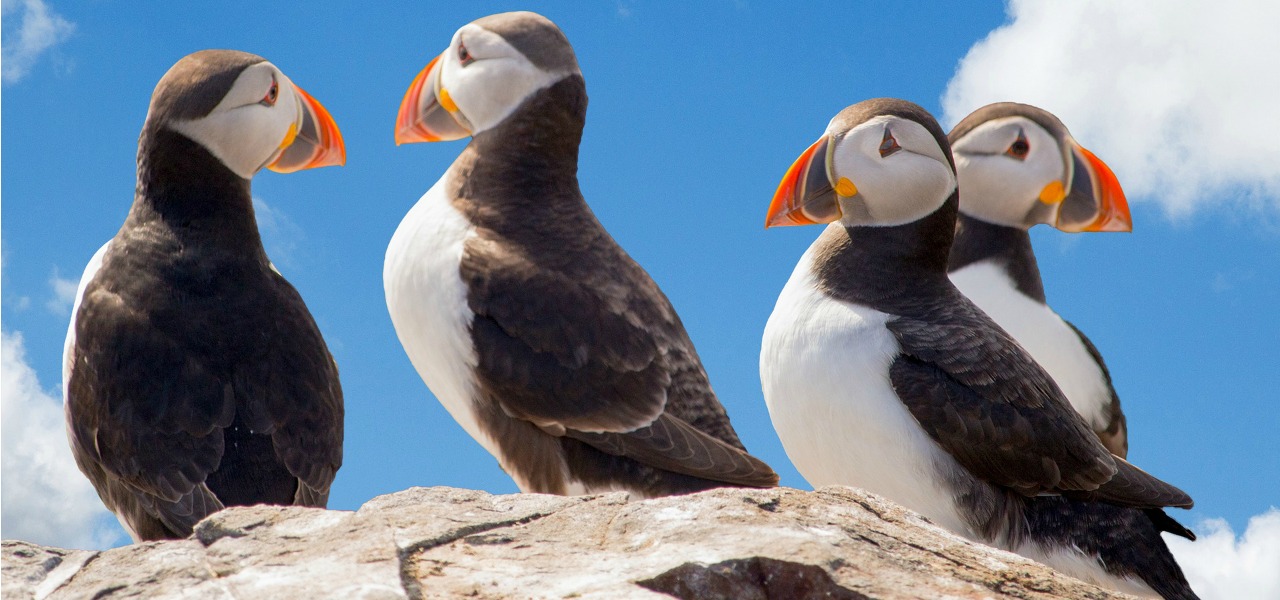
Where to See Puffins in Cornwall
Cornwall is home to two puffin breeding colonies. One is found along the county’s northern coastline between Padstow and the village of Boscastle. Mouls ‘Puffin’ Island is the epicentre of this colony, and though you can’t visit the island itself, boat trips operating from Rock and Padstow can take you sailing in and around its surrounding waters. While you’re in the area, a puffin spotting trip can be easily supplemented with a visit to the ancient ruins of Arthurian legend, Tintagel, or a delicious dinner at Rick Stein’s flagship Padstow restaurant.
The other of Cornwall’s puffin breeding colonies are located on Annet, one among many of the uninhabited islands of the Isles of Scilly. As with Mouls Island, Annet is a protected bird sanctuary and therefore off-limits to the public all year round. But don’t be discouraged, boat trips are available that carry passengers near to the island. As well as bird lovers, those who enjoy pristine beaches and a relaxed pace of living will take great pleasure from a visit to the Isles of Scilly.
Where to Find Puffins in the Rest of the UK
Puffins can be spotted along many stretches of our coastline – from the northeast of Scotland, the north and south coasts of Wales, right the way along Northern Ireland’s sea-facing edge, to the north-eastern and north-western coasts of England – but outside of Cornwall there are three puffin spotting hotspots of particular renown.
Skomer Island is located off of Wales’ Pembrokeshire Coast. It’s a famous haven for all kinds of wildlife, including its substantial population of puffins. Visitors are permitted to land on the island, offering a rare opportunity to encounter puffins up close. Tickets for visitors, however, are limited to 250 per day and cannot be pre-booked, so arrive early to avoid disappointment.
St. Kilda is the westernmost archipelago of Scotland’s Outer Hebrides and home to the UK’s largest colony of puffins. A great place for seeing puffins though St. Kilda is, the remoteness of the islands and the volatility of their climate makes this a destination only for the adventurous.
The best places to see puffins in England are Northumberland’s Farne Islands. They’re also regarded as a great location to see seals and other species of seabird including razorbills and guillemots. The fame of these islands benefits from a golden endorsement – they’re David Attenborough’s favourite location for wildlife spotting in all the British Isles. 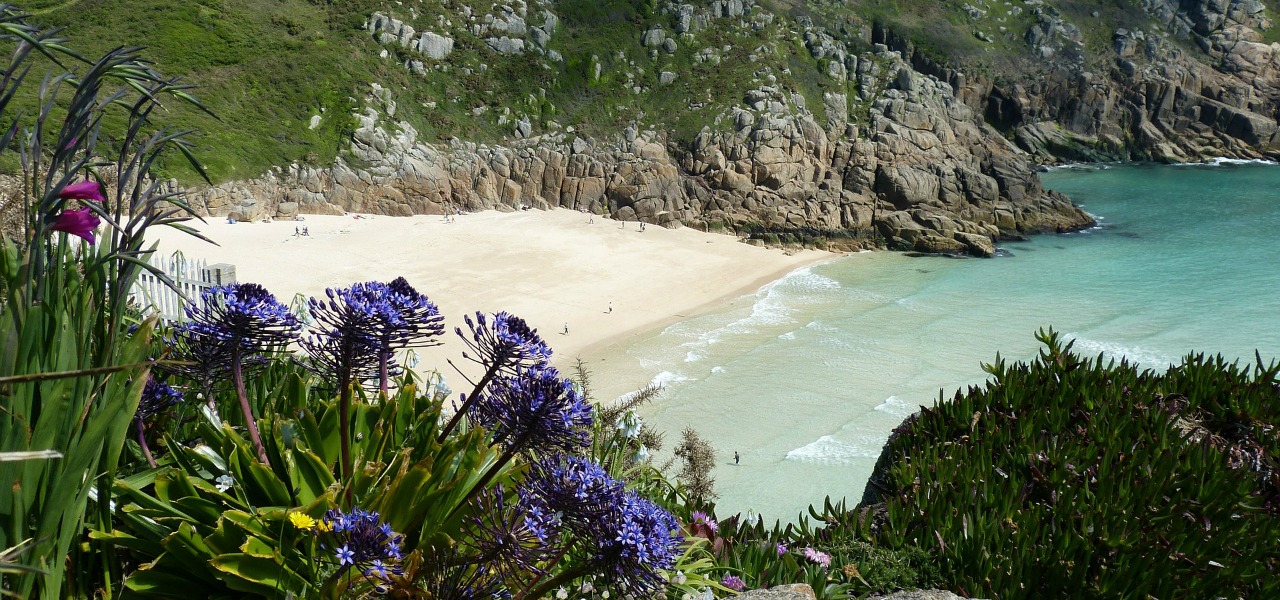
Did you Know That Puffins…?
Puffins spend most of their lives at sea. They only roost on land between late-March and early-April to late-July and mid-August to breed and to raise their chicks. As such, this spring to summer span is the best time of the year for spotting them.
Puffins also live perhaps unexpectedly long lives, typically in excess of twenty years. The average puffin won’t breed until after they have reached five years old, using the time up until then to learn important fishing and life skills, establish a burrow, and select a mate. Puffins often partner with the same mate their whole lives and return to the same borrow year on year.
‘Clowns of the sea’ is one of the many nicknames puffins have picked up over the years. The moniker is a reference to their clumsy waddle, but though slapstick on land, puffins have amazing agility when in the air or below the waves. They can fly at speeds of up to 55 miles per hour and dive to depths as deep as 200 ft in search of food.
'Sea Parrot' is another. They acquired this one thanks to their distinctive orange beaks. As a defining feature of their appearance, it may come as a surprise to learn that puffins only don these colourful beaks during the summer months – they’re the centrepiece of their mating plumage, fancy attire to help them look their best during the breeding season.
If the lure of puffin spotting has inspired you to plan a holiday in Cornwall later this year, you can find out more in our short Guide to Cornwall.

